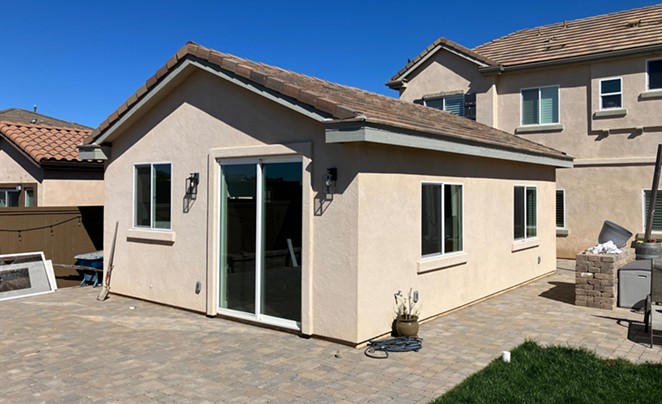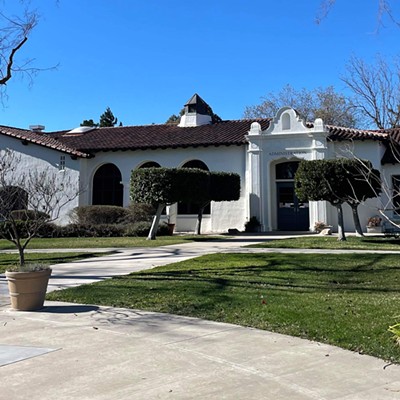Since 2018, Santa Maria’s approved 1,526 accessory dwelling units (ADUs), equivalent to eight apartment complexes, leaving residents frustrated with overflowing trash bins, increased traffic, and less parking.
“It’s not uncommon for us to see a single-family property with one or multiple ADUs and so it begins to take on a neighborhood characteristic of something that’s multifamily where you have duplexes and triplexes,” Assistant City Manager and Community Development Director Chuen Wu told the Sun. “I think the frustration comes from the increased parking congestion, the added impact to local infrastructure, the added impact to demand for public services.”
During the March 19 Santa Maria City Council meeting, several council members expressed their frustration with the state’s ADU requirements and shared constituents’ concerns during a discussion to amend the city’s ADU ordinance.
“The impact it’s had to the city I think has been very negative because you don’t have neighborhoods anymore, and I think that’s really sort of sad,” Mayor Alice Patino said during the meeting. “The state has come down—and I’m on the housing committee for the state; I go to meetings—and people from all walks of life that are coming together, they really just don’t like it and they’re complaining about it, but it’s pretty much a done deal.”
ADUs are residential units that provide independent living facilities on a lot that contains an existing primary residence, which can be attached or detached to the residence, Dana Eady, city planning division manager, told the Santa Maria City Council.
State law requires a streamlined permitting process for ADUs in order to develop more affordable housing in local jurisdictions. Recent changes, effective January 2023, adjust the height requirements, allow greater flexibility in the number of ADUs and their placement on a property, and require a 60-day turnaround timeline for obtaining an ADU permit, according to the staff report.
“The city of Santa Maria is required to comply with state laws regarding ADUs and permitting ADUs. … Our jurisdiction has the ability to adopt our own ordinance; that does give us some local control, some parameters,” Eady said. “There are frequent changes to the law, and we try to bring these updates to the city regularly so we can include those with our municipal code.”
The City Council voted 4-1 (with Patino dissenting) to approve the city’s ADU ordinance changes.
New legislation allows jurisdictions to adopt a lower height limit and adopt smaller size requirements. The current ordinance allows detached ADUs to have a 1,200-square-foot maximum, and they can be constructed at the height of the zone, which is 25 to 30 feet, Eady said.
City staff recommended reducing detached ADU sizes to 850 square feet for a studio or one-bedroom, and 1,000 square feet for two or more bedrooms, with a maximum height of 18 feet. Attached ADUs will have the same size limitations: 50 percent of the primary residence’s floor area and may continue to be up to 25 feet in height and may not exceed two stories, she said.
In single-family zoning, the city can allow one attached ADU and one junior ADU (no larger than 500 square feet) on a property, but they must be located in the home; and single-family dwellings can build one detached ADU that doesn’t exceed 800 square feet or 16 feet in height.
“On lots with multifamily units, ADUs can be located within portions of those structures that are not used as liveable space and a maximum of two ADUs that are detached,” Eady said.
The city added new standards that require all ADUs to have the same material, color, and roof pitch as the primary residence. Windows and doors can’t have direct line of sight to any adjoining property, but fencing, landscaping, and privacy glass can be used for screening.
While the architecture requirements and size limitations are a benefit, the city still feels the impacts of an additional 5,000 to 6,000 residents using public services, and state requirements limit the city’s ability to collect development impact fees if the ADU is under 750 square feet, Wu told the Sun. Development impact fees charge developers for the added impact to public services in order to mitigate any challenges from increased use.
“From the state’s perspective, you can call Santa Maria a success story by achieving additional housing from ADU law, but it overlooks the neighborhood impacts that community residents have to live with,” Wu said.












